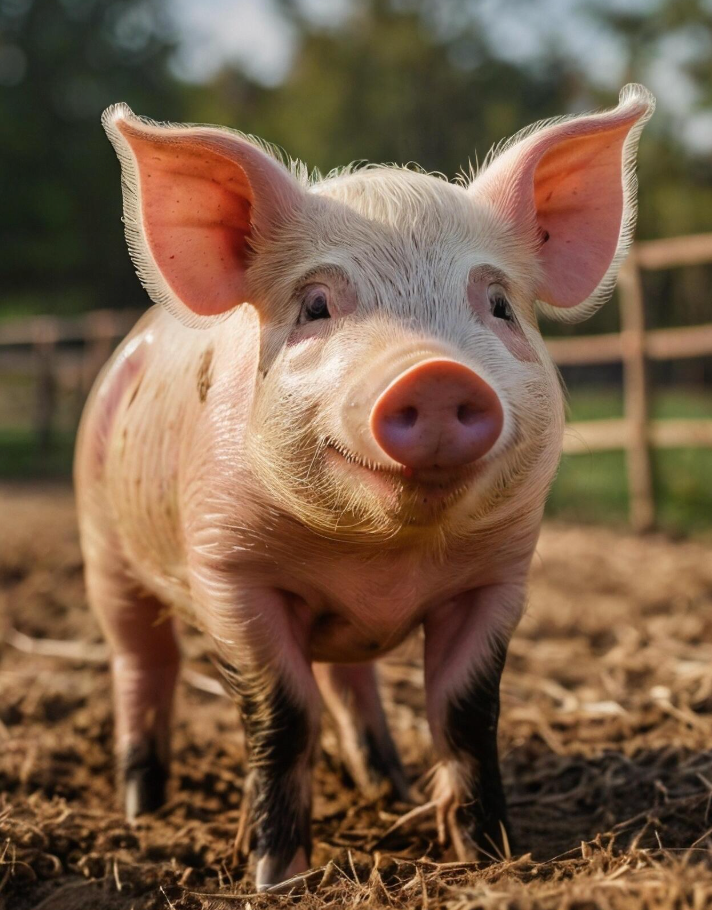EST PRACTICES FOR FARM ANIMAL BREEDING

EST PRACTICES FOR FARM ANIMAL BREEDING
SUMMARY
Best Practices for Farm Animal Breeding provides a comprehensive guide to achieving optimal breeding outcomes on your farm. Covering genetics, selection, breeding techniques, and health considerations, this guide ensures success in livestock reproduction and productivity.
FEATURES
- Genetic Selection: Learn to choose animals with desirable traits.
- Breeding Techniques: Master natural and assisted reproduction methods.
- Animal Health: Ensure the reproductive health of your livestock.
- Breeding Cycles: Understand and optimize breeding schedules.
- Record Keeping: Track lineage and manage herd genetics effectively.
- Sustainable Practices: Incorporate ethical and eco-friendly breeding strategies.
- Problem Solving: Address common reproductive issues with practical solutions.
- Newborn Care: Learn how to care for young animals post-birth.
DESCRIPTION
Breeding livestock is a critical component of successful farming. Best Practices for Farm Animal Breeding offers farmers the tools and knowledge to improve reproductive efficiency while maintaining high standards of animal welfare.
The genetic selection section delves into the importance of selecting breeding animals with traits that align with your farm's goals, whether for milk production, meat quality, or disease resistance.
The breeding techniques section explores both natural breeding methods and assisted reproductive technologies, such as artificial insemination and embryo transfer, to ensure efficiency and success.
Healthy animals are essential for successful breeding. The animal health section emphasizes pre-breeding health checks, vaccinations, and proper nutrition to support reproductive readiness and success.
Understanding reproductive cycles is key to planning. In the breeding cycles section, farmers will find guidance on timing, heat detection, and ensuring optimal conditions for conception.
Managing the genetics of your herd is crucial for long-term productivity. The record keeping section teaches farmers how to track lineage, monitor genetic diversity, and make informed breeding decisions.
Ethical farming practices benefit both animals and the environment. The sustainable practices section offers insights into eco-friendly and humane breeding strategies to ensure your farm operates responsibly.
Reproductive challenges can arise unexpectedly. The problem-solving section provides practical advice for addressing issues like infertility, low conception rates, and difficult births.
Finally, the newborn care section ensures farmers are well-prepared to provide proper care for young animals, promoting their health and survival during the critical early stages of life.
With Best Practices for Farm Animal Breeding, farmers gain a reliable resource to maximize reproductive success while prioritizing the health and well-being of their animals.
- Abhi Singh

Comments 0